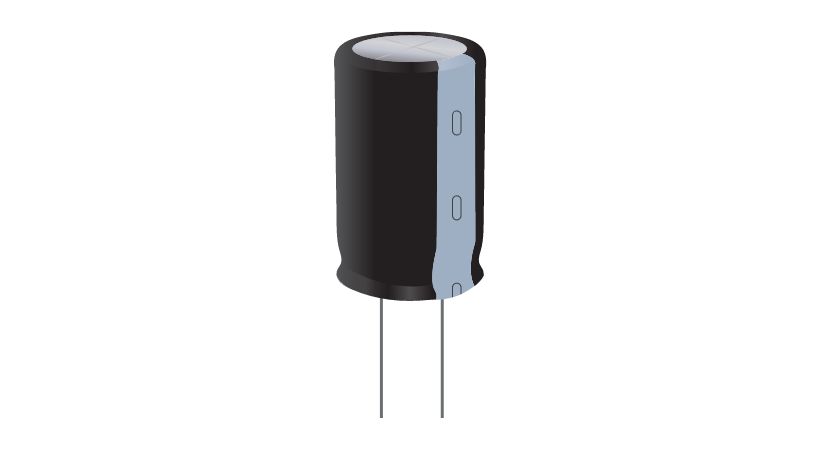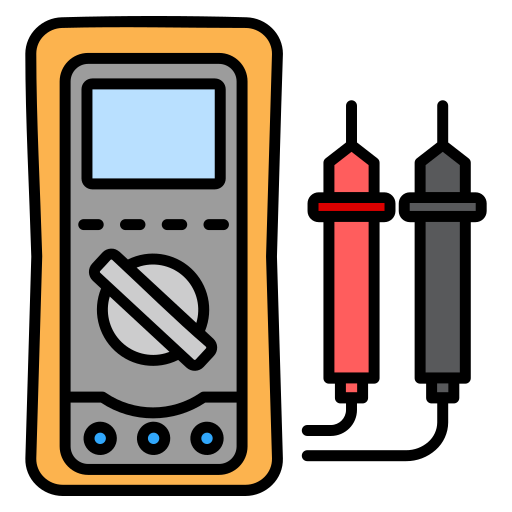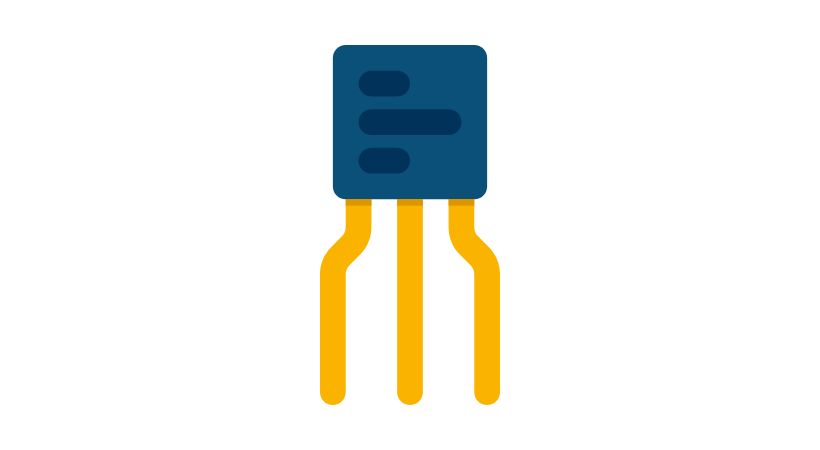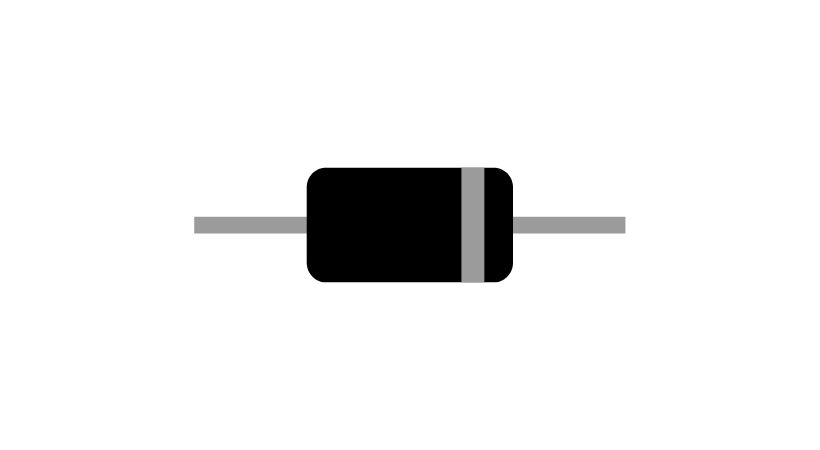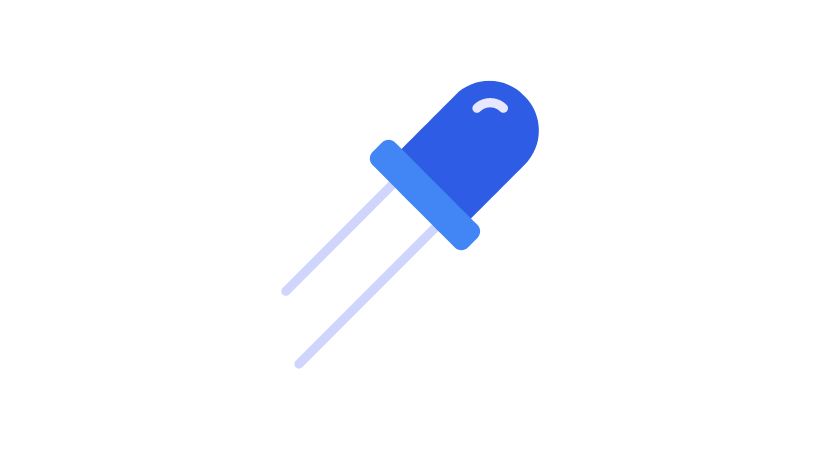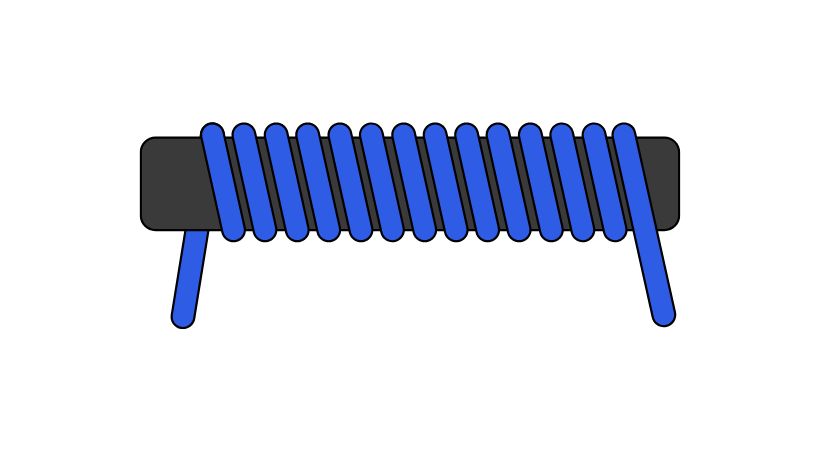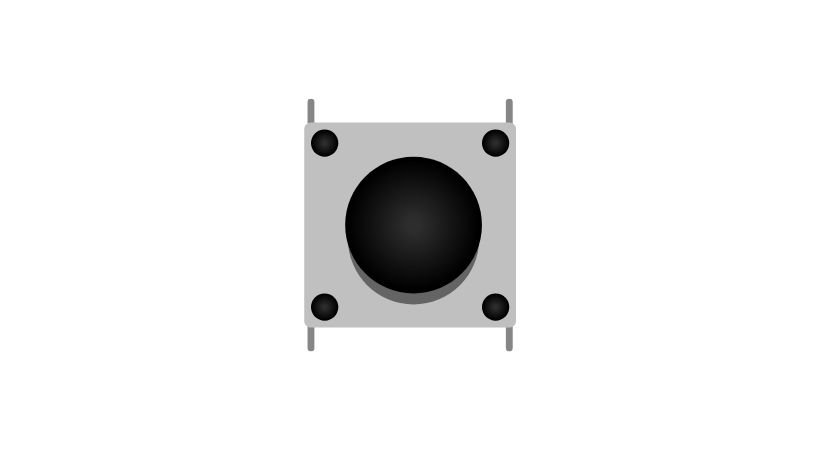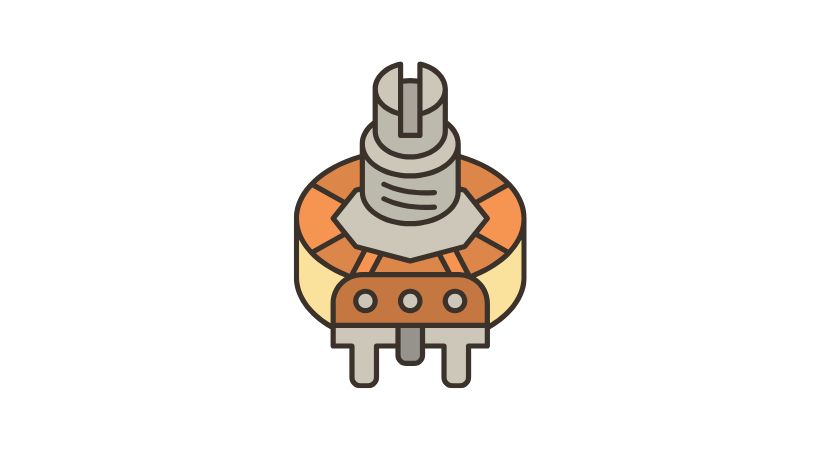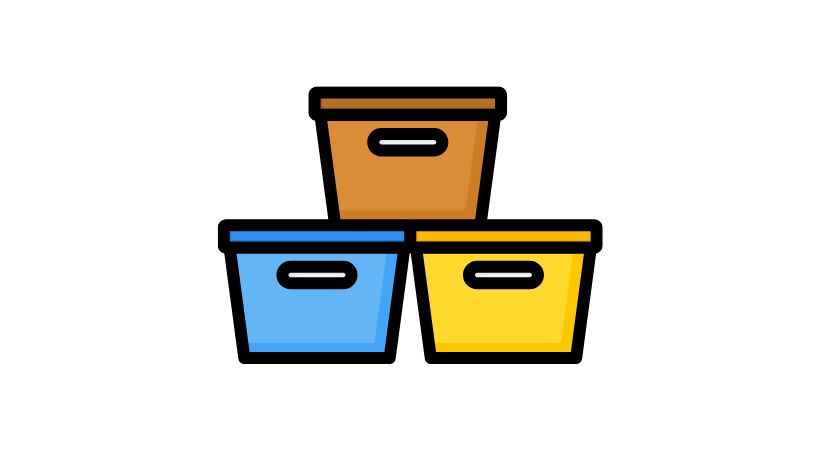Welcome complete beginners ✋
Start LEARNING Electronics
In five simple steps master the basics of electronics and start creating your own projects—no confusion, no overwhelm, and no prior experience needed!
STEP #1
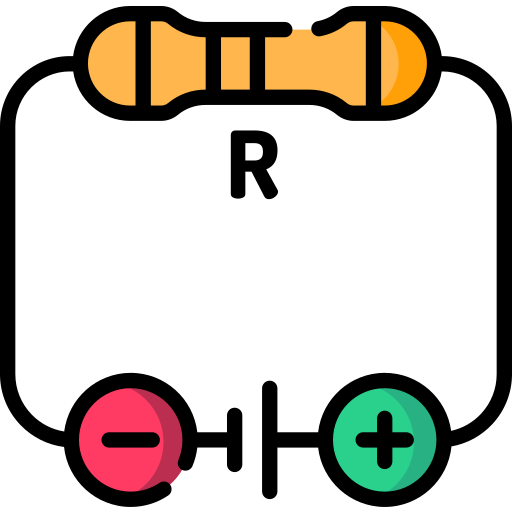
INTRODUCTION
Learn the fundamentals of electronics. Discover how circuits work, the flow of electricity, and key concepts to set a strong foundation for your learning journey.
STEP #4

MAKING CIRCUITS ON BREADBOARD
It’s time to put theory into action! In this step, you’ll take the components and measurements you’ve learned about and use a breadboard to build your very first circuit. You’ll follow simple, step by step instructions to create working circuits. Watch as your ideas become reality!
STEP #5
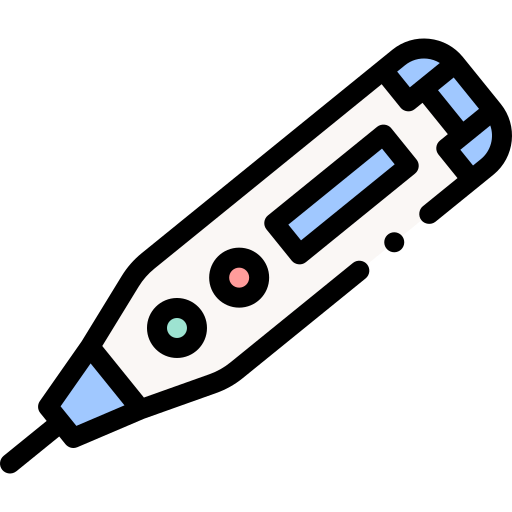
TROUBLESHOOTING CIRCUITS
Every electronics project comes with challenges, but that’s part of the fun! In this final step, you’ll learn how to troubleshoot your circuit when things don’t go as planned. We’ll guide you through identifying common issues like loose connections, faulty components, and incorrect measurements.
At each step, you’ll gain the essential theory and hands-on practice needed to confidently learn the basic of electronics and make circuits on breadboard.
1. Introduction to Electronics
A beginner must know the basics to make electronic projects or get started with electronics. In this step, we focus on the key terms of electronics. We study the definition of electronics, voltage, current, power, Ohm’s law, KCL, KVL, and much more. We learn what is a circuit, what is a circuit schematic, and why understanding a circuit schematic is the most important skill for beginners.
7 Best Basic Electronics Books for beginners (2025)
There are many useful resources you can use to learn electronics. The traditional and forever green way is to grab…
Basic Electronics: Everything beginner must know (2025)
Basic electronics starts with defining electronics and learning fundamental terms like voltage, current, power, and Ohm’s law. Then, we learn…
Simple definition of electronics for beginners (2025)
Electronics is the branch of science that deals with the study and application of the flow of electrons through semiconductor…
Electronics terminologies for beginners (Basic terms, 2025)
You know, to understand a new subject it is important to learn its basic key terms. So, Electronics has its…
How to Get started with electronics (2025 Roadmap)
When you’re just starting with electronics, everything might look a bit overwhelming. Here’s a quick example: below, you see a…
17 Essential best electronics tools for beginners (2025)
So you have decided to get your hands dirty with some exciting electronics projects? But you don’t know about some…
15 Best Electronics Component Kits For Beginners (2025)
So, you are looking for some of the best electronics component kits for beginners? Yes, then I think you will…
Can I learn electronics on my own? (Absolutely, 2025)
For various (unknown) reasons, people perceive electronics as a very difficult and challenging field to study. Maybe because of this…
Where do I start with electronics as beginner in 2025
The answer to the question, of where do I start with electronics, may not be straightforward. But starting with the…
Things needs to learn Electronics as Beginners (2025)
Just like learning any subject needs some pre-request things to have a better understanding of that particular subject. Similarly, electronics…
Electronic circuit basics for beginners (2025)
I think the end goal of electronics is to learn electronic circuits. Because, without the proper understanding of electronic circuits,…
Basic electronic circuits terms for beginners (2025)
Every field has its specific terms one must learn and know. Electronic circuits are no different. I believe a beginner…
2. Electronic Components
Every electronic circuit or project a beginner tackles will have electronic components. These components are resistors, capacitors, diodes, LEDs, transistors, switches, ICs, and so many others. In this step, we try to familiarize beginners with these components, teach them how to work and use them for their electronic projects.
3. Electronic Measurements
In this step, we learn about measuring tools (like multimeter) and how to use them to measure resistors, capacitors, voltage, current, and continuity. Every electronic project require these measurements.
Voltage Measurements by Multimeter (Guide 2025)
Hi. Hope you are having a good life. In this article, I share my knowledge about how a multimeter measures…
Change the battery of a Multimeter (Easy Solution 2025)
Today I just picked up my multimeter, and it was not working. I powered it up and after a minute…
10 Best beginner multimeters (Easy to use, 2025)
The best multimeters for beginners are the AstroAI AM33D and the KAIWEETS smart KM601. They come from proven brands, simple…
Multimeter Buying Guide (Important things to consider 2025)
Hi! Hope you are having a good life. In this post, I am going to share what I have learned…
Multimeter Basics: Everything beginner must know (2025)
The multimeter is one of the basic electronic tools for safely measuring current, voltage, and resistance. You must have a…
How multimeter measures resistance of resistor (2025)
A resistor is the most fundamental electronics component that you encounter a lot in your life as a hobbyist or…
Instrument for measuring current (Guide, 2025)
Electric current is the flow of charges when a voltage is applied and the circuit is complete. The instrument for…
Check resistor value (Resistance measurements 2025)
A resistor is a two terminal component whose value is measured in resistance. You can find these resistors in all…
Measure capacitance without multimeter (Guide, 2025)
Capacitance is the ability of a capacitor to store energy. We measure this parameter using a capacitance meter or a…
Master Capacitor Measurement: Top 6 Methods (2025)
A capacitor is a fundamental circuit component. It is part of almost every circuit. We use it for noise cancellation,…
Inductance Measurement Methods (Easy Guide 2025)
An inductor is a very fundamental circuit component that we use for noise filtering and energy storage in most of…
Introduction to measurements in electronics (2025)
With measurement, it would be easier to create an electronic circuit as we need a specific amount of current and…
4. Electronic Circuit Making (Prototyping)
In this step, we are ready to use the electronic components and start making our circuits. This is called circuit prototyping. We learn about breadboard and start building our projects.
Design 5V DC Power Supply (Step By Step Guide 2025)
Hey there! I hope you are doing great. You landed here because you are looking for some help to design…
Regulated Power Supply Design [Guide 2025]
Hi. Hope you are having a good time. In this post, I share my learning about the regulated power supply….
Series RC circuit Design [A Low Pass Filter 2025]
Hi. I hope you are having a good life. In this post, I share my knowledge about the design of…
Design of Half Wave Rectifier Circuit [Single Phase]
Hi. I hope you are having a good time. In this post, I am going to share my knowledge on…
Design a resistor voltage divider [Step by step 2025]
A resistor voltage divider is useful when we have a single power source, and we want to divide it further…
Breadboard Basics: Everything beginner must know (2025)
A breadboard is a reusable tool for testing and making electronic circuits without soldering. It features a grid of holes…
13 DIY Electronics Projects for Beginners (To try in 2025)
Hay! looking for some amazing and best DIY electronics projects for beginners to try out? Well, then you are in…
3 Easy ways to identify transistor legs/pins (2025)
Identifying the transistor legs is crucial for connecting it in the right way so You should know which leg or…
Diode anode cathode identification (Easy Methods, 2025)
A diode is a polarized electronic component. Understanding its pin configuration is essential for its proper connectivity and operation. We…
Capacitor anode cathode identification (Easy ways 2025)
Capacitor anode cathode identification is very important when you are working with electrolytic capacitors. Wrong pin connections can lead to…
Electronics Circuit Prototyping & it’s Important (Guide, 2025)
A complete beginner or hobbyist may want to convert a circuit schematic into a physical circuit/project, the solution is circuit…
Differences between Breadboard & Veroboard (2025)
In circuit prototyping, we make a circuit on a breadboard to verify the simulation results. Breadboard prototyping is solderless giving…
5. Electronic Circuits Troubleshooting
As a beginner, you will make mistakes when making your own electronic circuit or projects. To tackle those mistakes there a troubleshooting techniques. These troubleshooting techniques help you correct the mistakes and make you a professional in the long run.
Easy methods to identify NPN and PNP transistors (2025)
The main milestone of working with transistors is – how to identify NPN and PNP transistors. I call it a…
Identify terminals of unmarked diodes (Easy Solution 2025)
So, there is an unmarked diode on your lab desk. Or you’re working with an old PCB and you find…
Bad Diode Symptoms (Know if a diode is bad 2025)
To know if a diode is bad or good you need to look at these two bad diode symptoms. First,…
Easy methods to tell if you have a bad capacitor (2025)
Identifying a faulty capacitor is crucial for troubleshooting electronics, whether you’re dealing with power supplies or other electronic circuits. There…
Bad resistor symptoms (Check bad resistor, 2025)
The resistor is a component that controls the flow of current in the circuit. There are some signs that help…
Circuit prototype troubleshooting on breadboard (2025)
As a beginner, you will make mistakes while making breadboard circuits – simply called prototypes. It is fine. This is…
How do I know if my breadboard is working? (2025)
Proper working of the breadboard is crucial for accurate and reliable circuit building. As a beginner, may need help determining…
Bad IC symptoms (2025)
As a beginner, it may be challenging for you to recognize bad ICs. The bad symptoms of IC involve physical…
How to check jumper wire with multimeter (2025)
The multimeter is an electronic device used to measure various electrical parameters and check the continuity of the circuit. Resistance…
How to find short circuit on breadboard (2025)
The short circuit causes high current to flow, bypassing the intended path of the circuit and leading to malfunction, and…
How to find open circuit on breadboard (2025)
A breadboard is an essential tool for prototyping electronic circuits. When making a circuit, you will face lots of challenges…

